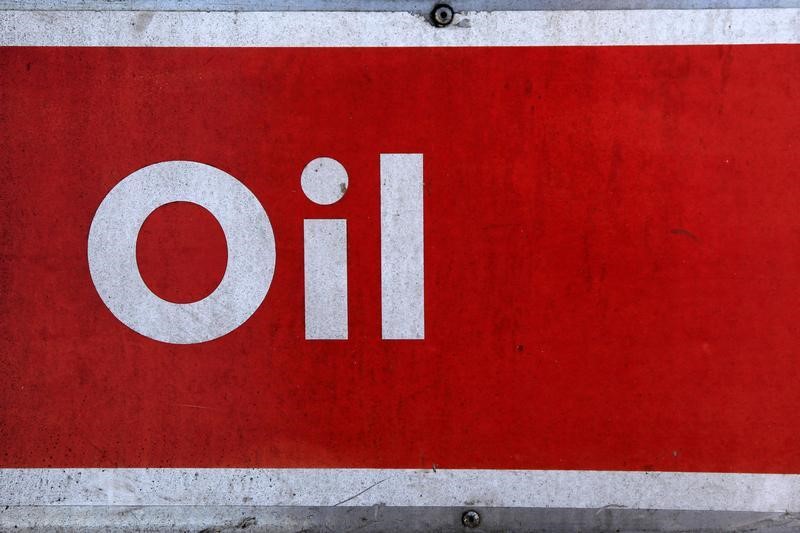* U.S. crude oil, gasoline inventories soar as demand stalls
* Chinese oil demand growth also falters amid economic slowdown
* Crude futures down over 6 percent since OPEC-led cuts started
By Henning Gloystein
SINGAPORE, Feb 8 (Reuters) - Oil prices dropped on Wednesday to extend falls from the previous day, as a massive increase in U.S. fuel inventories and a slump in Chinese demand implied that global crude markets remain oversupplied despite OPEC-led efforts to cut output.
Brent crude futures LCOc1 , the international benchmark for oil prices, were trading at 54.53 per barrel at 0111 GMT, down 52 cents, or 0.94 percent, from their previous close.
U.S. West Texas Intermediate (WTI) crude futures CLc1 were at $51.52 a barrel, down 65 cents, or 1.25 percent.
The slumps on Wednesday came after over 1-percent falls the previous day. said that the sharp declines came on the back of unexpectedly big increases in U.S. crude and refined product inventories, as reported by the American Petroleum Institute (API) on Tuesday. API/S
Crude inventories rose by 14.2 million barrels in the week to Feb. 3 to 503.6 million barrels, compared with analysts' expectations for an increase of 2.5 million barrels.
Gasoline stocks rose by 2.9 million barrels, compared with analyst expectations in a Reuters poll for a 1.1-million barrel gain.
"Weekly data points to U.S. gasoline demand falling sharply by 460,000 barrels per day (bpd) year-on-year in January, with such declines only previously during recessions," Goldman Sachs (NYSE:GS) said in a note to clients following the data release.
However, the U.S. bank said that "this data vastly overstates a likely modest year-on-year decline in gasoline demand," and that its "outlook for global strong demand growth (remains) unchanged".
Outside the United States, there were other signs of market weakness.
China's 2016 oil demand grew at the slowest pace in at least three years, Reuters calculations based on official data showed.
China's implied oil demand growth eased to 2.5 percent in 2016, down from 3.1 percent in 2015 and 3.8 percent in 2014, led by a sharp drop in diesel consumption and as gasoline usage eased from double-digit growth. slowing occurred as the economy expanded by only 6.7 percent in 2016, the slowest pace in 26 years.
Slowing demand and ongoing high inventories undermine efforts by the Organization of the Petroleum Exporting Countries and other producers including Russia to cut output by almost 1.8 million bpd during the first half of this year in order to prop up prices and rebalance the market.
Despite this, both Brent and WTI are down over 6 percent since early January, when the cuts started to be implemented.
<^^^^^^^^^^^^^^^^^^^^^^^^^^^^^^^^^^^^^^^^^^^^^^^^^^^^^^^^^^^ GRAPHIC-OPEC vs U.S. oil production
http://tmsnrt.rs/2kPMpyh GRAPHIC-Global oil supply vs demand
http://tmsnrt.rs/2jUJLWm
^^^^^^^^^^^^^^^^^^^^^^^^^^^^^^^^^^^^^^^^^^^^^^^^^^^^^^^^^^^>
